
Don’t Forget to Water the Dog! 9 Simple Tips for Keeping Your Dog Hydrated This Summer
Dang, it’s hot out there!
We’ve even woken up in the middle of the night a few times this summer so thirsty that a full glass of water isn’t enough. Staying hydrated (especially in extreme heat) is important for your overall health, and just like us, dogs need water to live and thrive.

Did you know that in hot weather, dogs need 3 to 4 times the normal amount of water depending on their size and activity level? A general rule of thumb is that your dog needs 1 ounce of water for each pound of their body weight per day. Amp that up on days where they are more active or where the temperatures are rising to make sure they’re getting what they need.
How does water support your dog’s health?

It might seem obvious that a dog needs water, but do you really know why? Sure, it’s hydrating. But what does that really mean in dog-speak?
Water (and therefore hydration) keeps your dog’s essential electrolytes plentiful, allowing circulation, digestion and bowel movements to work smoothly and comfortably.
Water also helps your dog’s kidneys flush out toxins from their bloodstream and promotes a healthy cardiovascular system. In extreme cases, if your dog isn’t getting enough water it can lead to organ failure and even death, if not managed diligently.
How do you know if your dog is dehydrated?

When temperatures rise or activity increases, keep a close eye on your dog’s water intake and check them for these telltale signs of dehydration:
1. Dry, Sticky, Pale Gums
Yep, that’s right. You can peel your dog’s lips back to reveal their gums. If they are dry, sticky or pale, you can bet your dog is dehydrated. A dog’s gums should be moist and pink. Salvia should be thin and slippery. If it’s thick and ropey, double down on the water bowl!
2. Lethargy
If your dog seems like she has less pep in her step and shows no other signs of illness, she could be in need of a little watering. Just like plants and humans, dogs need hydration to fuel their muscles and lubricate their joints.
3. Loss of Appetite
A dog who won’t eat is a dog with something going on! While there could be a bigger issue at play, make sure that fresh water is always available to a dog without a solid appetite, and if your dog is reluctant to drink, call the vet for advice.
4. Increased Heart Rate
Another symptom of dehydration in dogs is an increased heart rate. While this might be difficult to identify depending on your specific dog, if you do notice a rapid heart rate, you can check for dehydration and of course, call the vet if the symptom persists.
How can you prevent your dog from becoming dehydrated?

We are so happy you asked! It’s pretty simple, just follow a few rules to make sure your furbaby is always wetting his whistle!
1. Keep a Clean Water Bowl
It’s important to always make sure your dog’s water bowl is squeaky clean! A clean bowl will help prevent any bacteria or mold from growing and getting into your dog’s system. You wouldn’t want to drink from a cup that has something unknown and green growing around the edges would you? Neither does your dog. Keep a close eye on your dog’s water bowl level and refresh your dog’s water supply multiple times a day.
2. Take Water With You
While giving your dog lots of exercise is a great healthy habit, make sure you have direct access to a portable water source when hiking or playing in the park. If you have to leave your dog alone outdoors, you must also leave access to clean water and shelter or shade from the heat. For dogs and dog owners who are always on-the-go, invest in a collapsible bowl or water bottle/bowl combo so your dog can always have access to drinking water no matter where your adventures take you.
3. Water Down Dog Food
Here’s a sneaky trick to getting more water into your dog’s diet: add a little water to the dog food! Adding water to the dry kibble is a great way to make the food a little new and different for your dog while offering a touch more hydration. You can also give your dog pieces of ice as a treat.
How can you tell if your dog is drinking enough water?

Since dogs don’t speak our language, you can’t turn to them and ask, “Honey, how many glasses of water have you had today?” Wouldn’t that be nice?
Here are a few ways to tell if your dog is drinking enough water.
1. Watch the Water Level
If you’re able to, keep an eye on how many times your dog visits the water bowl, and if you can’t watch their behavior, mark the bowl’s water level at the beginning of the day. If the water level hasn’t decreased appropriately over the course of the day, it might be a sign that they aren’t drinking enough or aren’t feeling well.
2. Be the Pee-Pee Police
This one is simple: the more they drink, the more they have to go! If your pup is urinating several times a day this is a good sign and a sign that he or she is well hydrated. A dehydrated dog will not be motivated to go potty, and will show signs of lethargy or fatigue. If your dog is active and happily playing around in the sun, that’s a sign that he or she is getting enough to drink.
Is some water unsafe for your dog?

Water quantity and quality are equally important! Be wary of unsanitary conditions (muddy puddles, uncovered toilet bowls, oily street water, stagnant sources) as those can end up making your pet even sicker than dehydration can!
Puddles, lakes, ponds and streams can be fun for swimming but make sure your pup isn’t drinking from these reservoirs as they might harbor dangerous parasites if ingested.
The bowls at dog parks are covered in other dogs’ saliva and bacteria from the dirt and grass where dogs play and go to the bathroom. It’s best to let your dog drink straight from the water fountain at the dog park to make sure you are steering clear of unsanitary conditions.
Keep these tips in mind to help manage your dog’s water intake for a happier, healthier and safer summer!
You Might Also Like
Preserve Your Pet’s Toys and Health with Three Simple Tips
How to Improve Your Dog’s Dental Hygiene & Get Rid of Bad Doggie Breath
Naturally Boost Your Dog’s Health with These 7 Effective Tips
Related Articles
Follow us @BowWowLabs
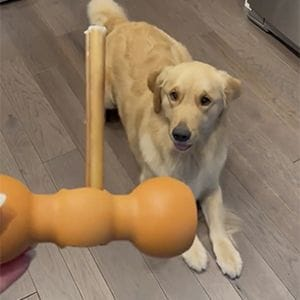
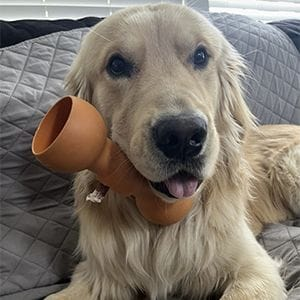
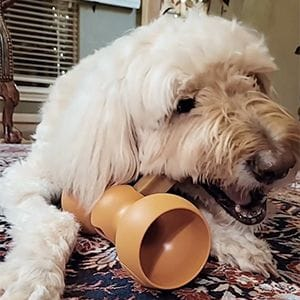

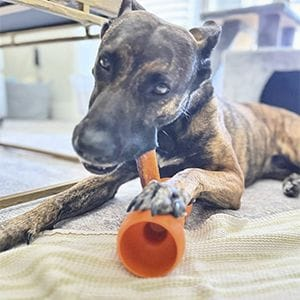
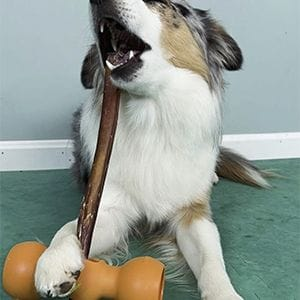
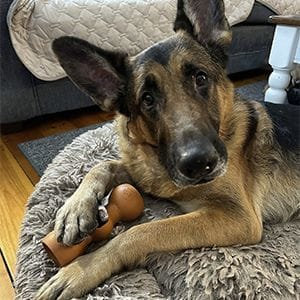
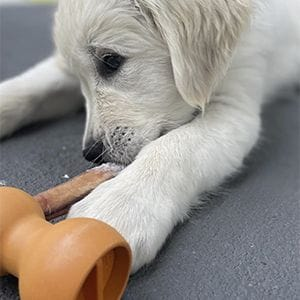

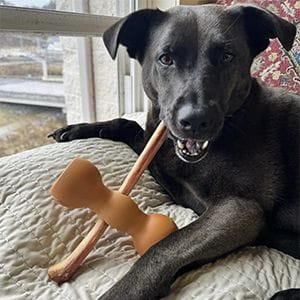
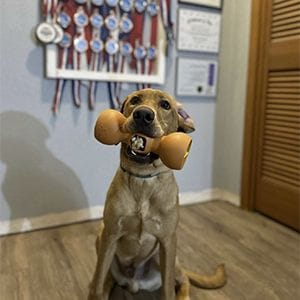


Sign Up to Our Newsletter!
Appeared In















